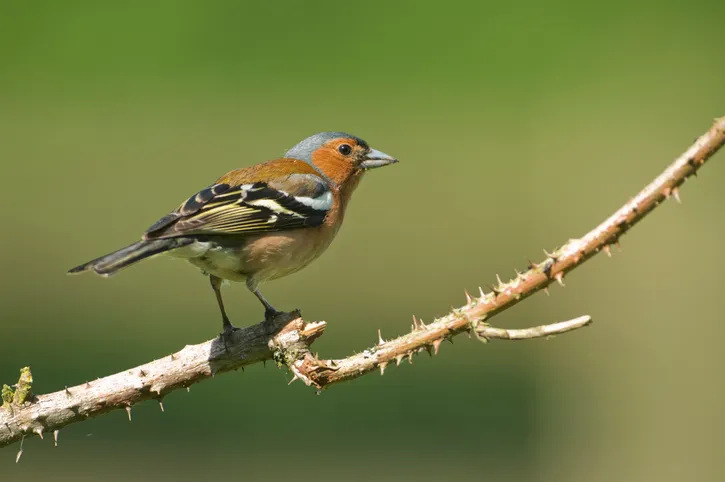The much-anticipated results from 2022’s Big Garden Birdwatch are in, and there are a few surprises to be found within the fluctuating fortunes of our favourite birds.
The biggest change was in the number of Jays recorded over the weekend of 28th-30th January. This colourful crow is a shy visitor, normally sparing in its appearances in gardens, but this year it shot up 9 places to 23rd in the abundance list and increased by 73% compared to 2021.
“We’re not quite sure why it has gone up so significantly,” says Becca Smith, Media Officer at the RSPB, which organises the survey. “Jays spend much of the autumn collecting acorns for their winter food store, but in many places last year the acorn crop failed. It’s possible they visited gardens because of this food shortage, although we cannot be sure. But for garden watchers it’s a beautiful bonus to have.”
More related content:
- Big Garden Birdwatch 2023: how to take part and garden birds to spot
- The best British bird identification books to buy
- Garden bird guide: how to identify common birds and what to feed each species
House sparrows have suffered a 58% decline in the past 40 years./Credit: Getty
Another surprise was a small increase in Greenfinches. This apple-green beauty with the mustard-yellow wings and tail was only 7.7% up from 2021, but after a long period of decrease (down 70% since 1979), the rise is welcome.

“This is a glimmer of hope for the greenfinch,” says Becca. “Only last year it was placed on the UK Red List of Birds of Conservation Concern. It’s been struggling with a long-term outbreak of trichomonosis, a disease that affects the throat and gullet and is spread by contaminated food and water. In many places Greenfinches have almost disappeared.”
To help the greenfinch, Becca advises great care with garden feeding. “Make sure you wash your feeders regularly,” she urges. “And change their location to avoid build-up of infection. If any of your birds look unwell or listless, please report it and stop feeding them.”
While the greenfinch rallied slightly, its relative the chaffinch, another species to suffer from this disease, fell again by 1.2%, although it is still in the garden bird top 10 (at no. 10).

Elsewhere, all three of the Big Garden Birdwatch chart-toppers maintained their positions – house sparrow at no. 1, blue tit at no. 2 and starling at no.3. The remaining top slots are filled by woodpigeon (no. 4), blackbird, robin, goldfinch, great tit and magpie.
“We do urge people, though, to keep going looking after their garden birds,” comments Becca. “Two of our very top species, house sparrow and starling, are at levels way below what they used to be [down 58% and 82% from 1979 figures]. So please do all you can to help them. We are grateful that nearly 700,000 people took part in the world’s largest wildlife survey this year. But please encourage everybody to put up nest-boxes, feed them, offer them a home in your garden.
“We need more than ever to make space for wildlife.”
